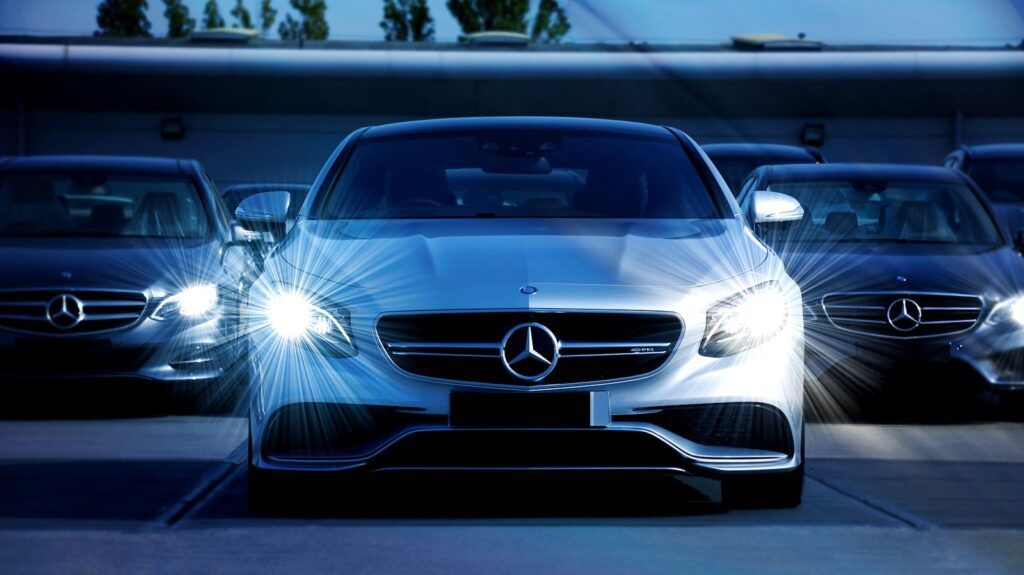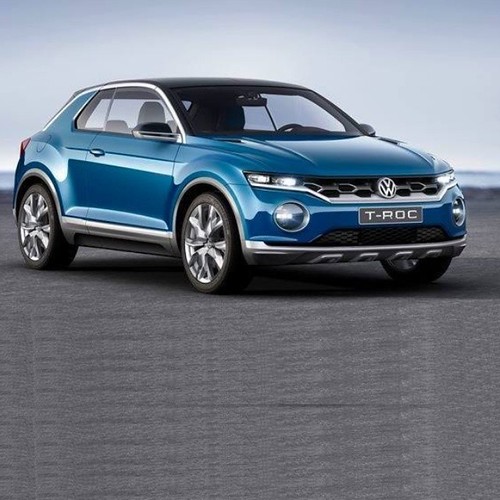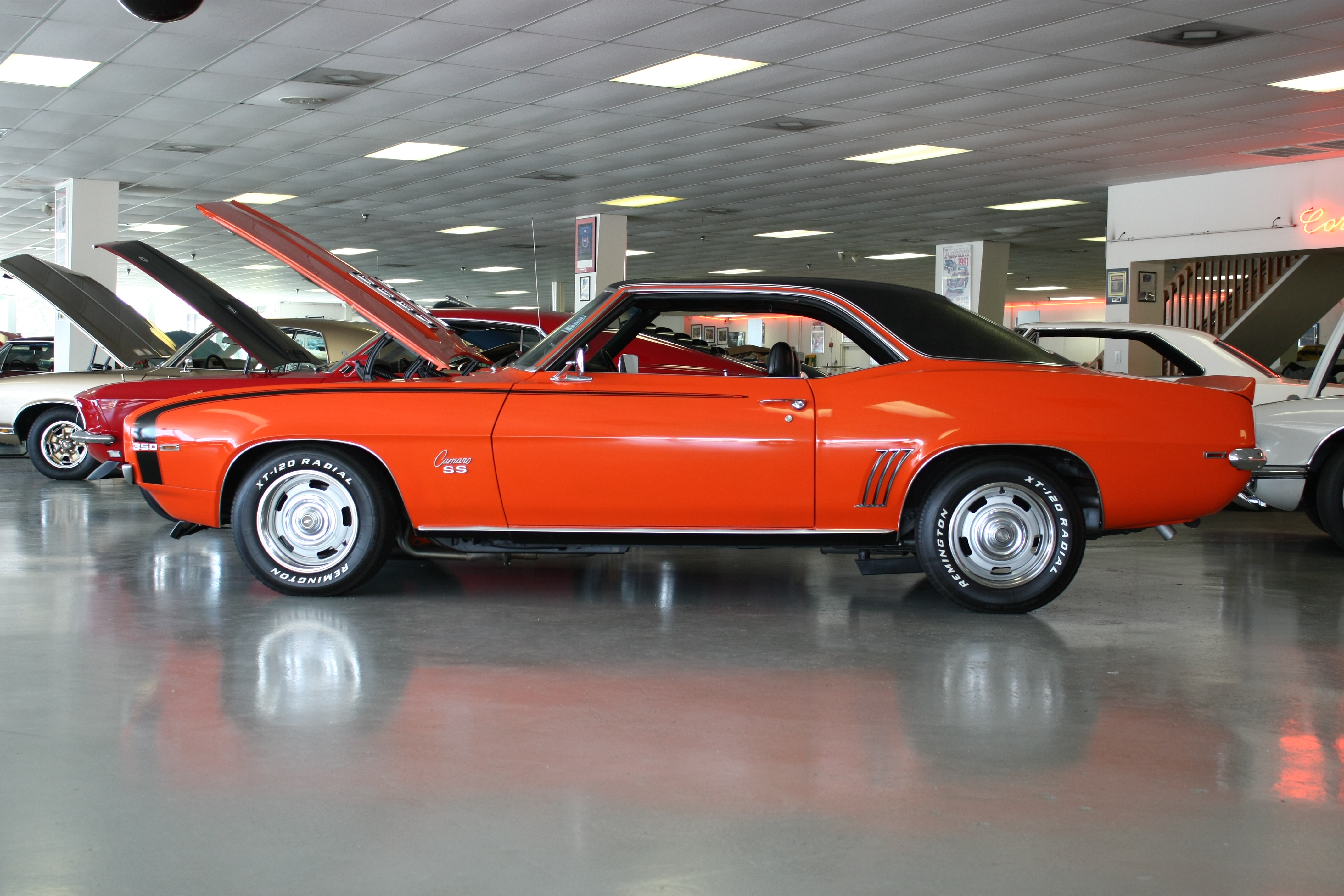
The modern driving landscape presents a unique challenge for many motorists: the increasing intensity of vehicle headlights at night. This isn’t just a minor annoyance; it’s a significant concern for the vast majority of drivers, with a recent Which? survey revealing that 76% of drivers are concerned about collisions caused by headlight glare. This pervasive issue impacts road safety and driving comfort for countless individuals across the UK.
Indeed, government figures highlight the seriousness of this problem, indicating an average of 260 collisions every year since 2014 where dazzling headlights were a contributing factor. Organizations like the RAC further underscore this trend, noting that headlight glare is demonstrably on the rise. This phenomenon is largely attributed to the widespread adoption of brighter, more economical bluish-white LED headlights and xenon/high-intensity discharge (HID) bulbs, which have become standard in many newer vehicles, contrasting sharply with the older ‘yellow light’ halogen headlamp bulbs still used in many cars.
Adding to the complexity is the growing popularity of SUVs and other taller vehicles. Their elevated headlights often align directly with the eye level of drivers in oncoming or lower vehicles, making glare more likely to shine straight into their eyes. While these brighter lights offer superior visibility for the driver of the equipped vehicle, they pose a significant challenge for others sharing the road. This article will equip you with practical, solution-oriented strategies to comfortably adjust to bright headlights, ensuring a safer and more enjoyable night driving experience.
1. **Adjust Your Rear-View Mirror**One of the simplest yet most effective ways to combat glare from vehicles behind you is to properly adjust your rear-view mirror. While some modern cars come equipped with sophisticated tinted rear windows or self-dimming rear-view mirrors, the majority of vehicles require manual adjustment when driving in the dark. This quick action can significantly cut down on the intensity of light reflected directly into your eyes.
Switching your rear-view mirror to its ‘night mode’ — often indicated by a small tab at the bottom of the mirror — will tilt the mirror slightly, allowing less intense reflections to reach your eyes without losing your view of the traffic behind. If your vehicle lacks this specific feature, a slight manual adjustment downwards can still help to reduce the direct line of bright lights from following vehicles. This minor change makes a substantial difference in reducing eye strain and improving overall comfort.
Additionally, consider adjusting your side mirrors slightly downward if reflections from cars behind you are still an issue. This can further eliminate direct reflections while still providing adequate visibility of your vehicle’s blind spots. The goal is to minimize direct light exposure without compromising your ability to monitor surrounding traffic, creating a more relaxed driving environment at night.
Read more about: Mastering the Unseen: Comprehensive Strategies to Conquer Driving Blind Spots Without Constant Mirror Adjustments
2. **Maintain a Safe Following Distance**Our ability to perceive depth is naturally diminished in low-light conditions, making night driving inherently more challenging than daytime journeys. A crucial strategy to enhance safety and mitigate the impact of bright headlights is to maintain a greater distance between your vehicle and the one in front. This provides you with more time to react to unexpected situations and reduces the intensity of the vehicle’s taillights or any reflections from its rear.
Tailgating not only increases the risk of a collision but also amplifies the glare from the car’s taillights ahead, contributing to eye strain and reduced visibility. By adhering to a healthy following distance, typically recommended as four seconds away from the other car, you position yourself out of the direct line of their headlights’ reflection off your mirrors or any scattered light. This simple adjustment significantly improves your reaction time and overall driving safety.
Allowing more space also means you’re less likely to be surprised by sudden braking or changes in speed from the vehicle in front. This proactive approach to spacing is a cornerstone of good night-time driving strategy. It ensures that you’re not constantly battling with a tunnel of light from directly ahead or behind, contributing to a calmer and more controlled driving experience.
Read more about: 15 Classic Cars You Might Want To Skip: An Expert Guide for Discerning Collectors

3. **Allow Your Eyes to Adapt to Darkness**Before you even pull out of your driveway or parking spot, there’s a simple, effective trick that can significantly improve your night vision and reduce the shock of oncoming bright lights. Our eyes need time to adjust to lower light levels, a process that doesn’t happen instantaneously. Taking a moment for this adaptation can prime your vision for the challenges of nighttime driving.
Sitting for just a minute or two in your car with the interior lights off before beginning your journey allows your pupils to dilate and your retinas to become more sensitive to ambient light. This initial adjustment period can make a noticeable difference in how quickly and comfortably your eyes can process the varying light conditions you’ll encounter on the road, including sudden flashes of bright headlights.
This brief pause gives your visual system a head start, preparing it for the contrasts between dark roads and bright vehicle lights. It’s a small, effortless habit that yields significant benefits in terms of visual comfort and readiness, making the transition from a lit environment to the darkness of the road much smoother and less jarring for your eyes.
Read more about: 14 Iconic ’70s Actors Who Were Totally Robbed of an Oscar (Seriously, How?!)

4. **Know When to Slow Down or Stop**Safety must always be your paramount concern when driving, especially when confronted with challenging conditions like dazzling headlights. The Highway Code provides clear guidance on this, stating unequivocally that you should slow down and, if necessary, stop if you find yourself dazzled. This isn’t merely advice; it’s a critical directive for ensuring your safety and the safety of other road users.
When caught in the intense glare of an oncoming vehicle’s lights, your vision can be momentarily compromised, making it difficult to accurately judge distances, track lane markers, or spot potential hazards. In such scenarios, attempting to push through or maintain your speed can be incredibly dangerous. Reducing your speed gives your eyes more time to recover and your brain more time to process the limited visual information available.
Should the dazzling persist, or if you feel your visibility is severely impaired, pulling over to a safe location and stopping completely is the most responsible course of action. It allows your eyes to fully recover without the added pressure of controlling a moving vehicle. Remember, a brief pause is always preferable to risking a collision, ensuring you only proceed when you can see clearly and feel confident in your control of the vehicle.
Read more about: From Anemic to Awkward: Unmasking 15 Muscle Cars That Truly Missed the Mark – And Why We Can’t Forget Them
5. **Ensure Your Windscreen is Spotless**It might seem like a minor detail, but the condition of your windscreen plays a surprisingly significant role in how you perceive headlight glare at night. Dirt, smudges, and streaks on your car’s window can cause light to scatter rather than pass cleanly through. This scattering effect can amplify headlight glare, turning what might be a manageable bright light into a widespread, blinding haze across your field of vision.
These imperfections act like tiny prisms, dispersing incoming light in multiple directions, which can significantly worsen the impact of bright headlights. A pristine, streak-free windscreen, on the other hand, allows light to pass through unobstructed, ensuring a clearer view of the road and reducing the intensity of glare. Tools such as a window vac can be particularly useful for keeping your car windows spotless and streak-free, especially during the challenging winter months when grime accumulates quickly.
Regularly cleaning your windshield with a high-quality glass cleaner and a microfiber cloth is a simple maintenance task that yields immense benefits for nighttime visibility. Removing fingerprints and other smudges will drastically improve the contrast between light sources and the dark road, making bright oncoming lights less jarring and allowing your eyes to adjust more easily.

6. **Opt for Glasses with Glare-Resistant or Polarized Lenses**For drivers who frequently experience headaches, eye strain, or heightened sensitivity to bright lights during night driving, specialized eyewear can offer a degree of relief. Advice from the AA specifically notes that glare-resistant lenses can be beneficial in these situations, helping to mitigate the discomfort caused by intense headlight beams.
It is crucial, however, to differentiate between general ‘night driving glasses’ and lenses specifically designed for glare resistance or polarization. While some products marketed as ‘night driving glasses’ claim to enhance vision, experts, as highlighted in the provided context, suggest that they aren’t always a good idea and can even reduce overall visibility. The key lies in selecting lenses that genuinely filter out problematic light rather than simply tinting your vision.
Polarized lenses are particularly effective in this regard, as they are designed to filter out bright light, thereby minimizing glare from oncoming cars and other lighting sources. These lenses work by blocking specific orientations of light waves, reducing reflections and intensity without significantly darkening your overall field of vision. For those genuinely struggling with light sensitivity or eye discomfort, investing in high-quality glare-resistant or polarized lenses, under professional advice, can significantly reduce vision distortion caused by modern LED headlights.

7. **Manage Driving Fatigue with Breaks**Driving while fatigued is inherently dangerous, but its impact on navigating bright headlights is often underestimated. When your eyes are tired, they become more sensitive to light and less efficient at adjusting to changing light conditions. This means that headlight glare, which might be merely irritating when you’re well-rested, can feel significantly worse and more disorienting when you’re experiencing fatigue.
Recognizing the signs of fatigue—such as yawning, blinking excessively, difficulty keeping your eyes focused, or feeling restless—is crucial. Pushing through exhaustion can not only compromise your reaction time and decision-making abilities but also exacerbate the discomfort and visual impairment caused by bright oncoming lights. The solution is straightforward and essential for safety: take regular breaks.
If your eyes feel strained, or if you find yourself struggling more than usual with headlight glare, it’s a clear signal that it’s time to pull over to a safe, well-lit area and rest. A short break to stretch, refresh yourself, or even take a brief nap can dramatically improve your alertness and visual comfort, making the rest of your journey much safer and more manageable. Prioritizing rest is a fundamental aspect of responsible night driving.
Read more about: 12 New Cars Named ‘Best Buys’ for 2025: An Expert Guide for Savvy Shoppers
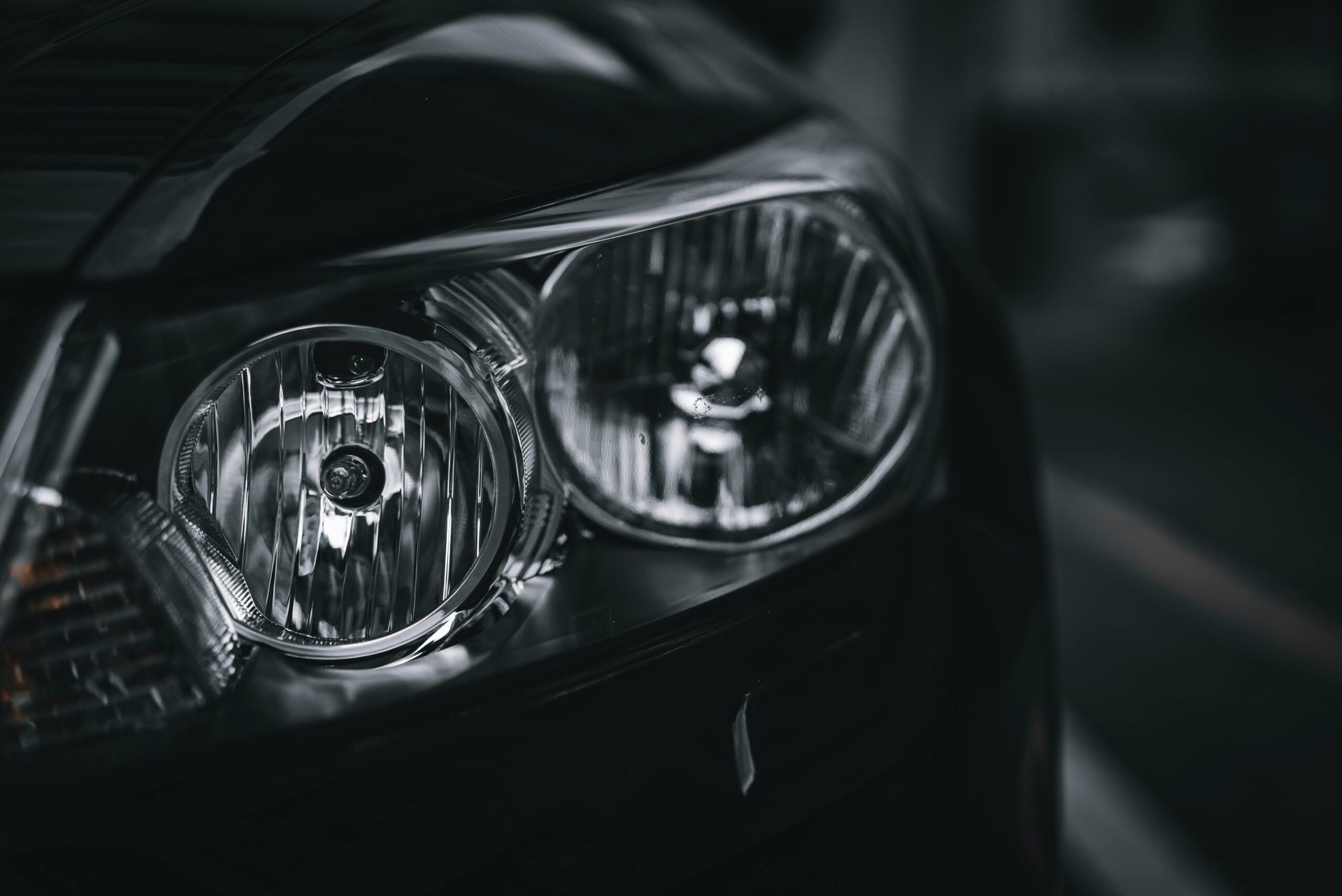
8. **Ensure Your Headlights Are Properly Aligned**While much of the focus on bright headlights tends to be on how they affect *us*, it’s equally crucial to consider how your own vehicle’s lighting impacts other drivers. Misaligned headlights are a significant contributor to glare, effectively blinding oncoming motorists and even those you’re following. This isn’t just about courtesy; it’s a fundamental safety concern, as improperly aimed lights not only dazzle others but also reduce your own effective road illumination.
There are clear indicators that your headlights might need attention. If other drivers frequently flash their high beams at you, it’s a telling sign that your lights are too bright or misaligned. Similarly, if your headlights appear to point too high or too low, or if the road ahead is unevenly illuminated with one side brighter than the other, it’s time for an adjustment. Addressing these signs ensures you’re not inadvertently contributing to the very problem you’re trying to mitigate.
Adjusting your headlights might sound daunting, but it’s a straightforward process that many drivers can tackle themselves with the right preparation. Before you begin, gather a screwdriver or adjustment tool, measuring tape, and masking tape. Crucially, ensure your vehicle is parked on a level surface about 25 feet from a flat wall, your tires are properly inflated, excess weight is removed, and your gas tank is at least half full to maintain a consistent vehicle balance.
The adjustment process involves marking reference points on the wall corresponding to the height and center of your headlights. With your low beams on, you’ll then locate the vertical and horizontal adjustment screws on each headlight assembly. The goal is to adjust the beams so the top edge of the brightest part aligns slightly below the horizontal tape line for vertical adjustment, preventing glare for oncoming drivers, and centered on the vertical line for horizontal alignment, ensuring even road illumination.
After making your adjustments, it’s vital to test your headlights in real driving conditions on a dark road. Observe if the beams properly illuminate the path ahead without excessive glare, checking for even lighting and symmetry. If you still receive flashes from other vehicles, further fine-tuning may be necessary. Regular checks and adjustments, particularly after heavy loads or suspension changes, will maintain optimal performance and contribute significantly to road safety for everyone.
Read more about: The Definitive Guide: 15 Used Cars to Steer Clear Of for Reliability, Value, and Peace of Mind

9. **Dim Your Dashboard and Interior Lights**It might seem counterintuitive, but the brightness of your car’s interior lighting can dramatically influence how well your eyes cope with external headlight glare. A dashboard glowing intensely, along with any other interior lights, can create a subtle yet impactful distraction that hinders your night vision. This internal illumination actually works against your eyes’ natural ability to adapt to the lower light levels outside the vehicle.
When your dashboard is too bright, your pupils constrict, attempting to adjust to the stronger internal light source. This makes it harder for them to dilate quickly enough to process the sudden influx of light from an oncoming vehicle’s headlights. By reducing the brightness of your dashboard display, you effectively improve the contrast between your internal environment and the dark road ahead, allowing your eyes to remain more attuned to external conditions.
This simple, often overlooked trick directly improves your eyes’ readiness for external brightness. Lowering the dashboard brightness also minimizes reflections on your windshield, which can otherwise scatter light and amplify the effects of glare, making it even more challenging to see clearly. Taking a moment to adjust these internal settings can significantly enhance your comfort and visual processing capabilities during nighttime driving.
Read more about: Buyer Beware: 8 SUVs That Are Known to Fail Frequently Before 100,000 Miles
10. **Employ Advanced Visual Techniques by Averting Your Gaze**When confronted with blinding LED headlights from an oncoming vehicle, the natural instinct is often to stare directly at them, attempting to “see through” the glare. However, this can be incredibly detrimental to your vision, temporarily stunning your eyes and reducing your ability to perceive the rest of the road. Fortunately, there’s a simple yet highly effective technique you can employ to minimize their impact without compromising overall road awareness.
Instead of locking onto the approaching headlights, consciously shift your gaze slightly to the right side of your lane. Focus on the white line near the shoulder of the road. This subtle redirection allows you to maintain awareness of your position and the road ahead through your peripheral vision, while preventing the direct, intense light from hitting the most sensitive part of your retina.
As the dazzling vehicle passes, you can then smoothly transition your focus back to the center of the road. This method ensures that your eyes don’t take the full brunt of the headlights’ brightness, helping them recover more quickly and making the entire experience less jarring. It’s a quick, effortless visual adjustment that can significantly reduce eye strain and improve your ability to continue driving safely through momentary bursts of intense light.

11. **Practice Responsible Use of High Beams**High beams are designed to provide maximum illumination on unlit roads, offering a crucial advantage in truly dark environments. However, their power comes with a significant responsibility, as their improper use is a leading cause of blinding glare for other drivers. To be a considerate and safe driver, it’s essential to understand precisely when and where your high beams should be engaged, and crucially, when they should be disengaged.
The cardinal rule is never to use high beams when there’s oncoming traffic or when you’re closely following another vehicle. The intense light can severely impair the vision of drivers in front of you, creating dangerous situations. Even if your car features automatic high beam technology, it’s wise to be vigilant and ready to override the system manually. Sometimes, these automated systems don’t dim quickly enough or in all situations, such as around curves or over hills, where your lights might still project directly into another driver’s eyes.
Furthermore, certain environmental factors necessitate avoiding high beams. In bad weather conditions like rain or fog, high beams can actually worsen visibility rather than improve it. The light reflects off water droplets or fog particles, scattering back towards you and creating a dazzling wall of light. In such scenarios, low beams are often more effective, cutting through the conditions without causing excessive reflective glare. By exercising manual control and judgment, you contribute to a safer driving environment for everyone.
Read more about: Beyond Panic Braking: Cop-Approved Strategies for Confident and Skid-Free Driving in the Rain

12. **Utilize Your Sun Visor at Night**The humble sun visor is often relegated solely to daytime driving, pulled down to block the sun’s glare. However, this simple accessory holds surprising utility for nighttime conditions as well. While it won’t block horizontal glare from oncoming headlights, it can be remarkably effective in mitigating bright overhead lights that can cause significant distraction and discomfort.
When driving through urban areas with intense streetlights, or particularly when confronted by the elevated headlights of large trucks and SUVs on hills or in traffic, angling your sun visor slightly downward can provide unexpected relief. It acts as a physical barrier, cutting off the direct line of sight to these high-riding light sources that often fall just above your usual field of vision.
This small, proactive adjustment requires no special equipment or advanced techniques, yet it can make a noticeable difference in reducing eye strain and improving overall visual comfort. Experiment with the angle to find the sweet spot that blocks the problematic overhead glare without obstructing your view of the road or traffic signals. It’s a practical, accessible trick that can significantly enhance your night driving experience.
Read more about: The Gritty Truth: 14 ‘Dirty’ Jobs That Pay Six Figures and Might Just Change Your Life!
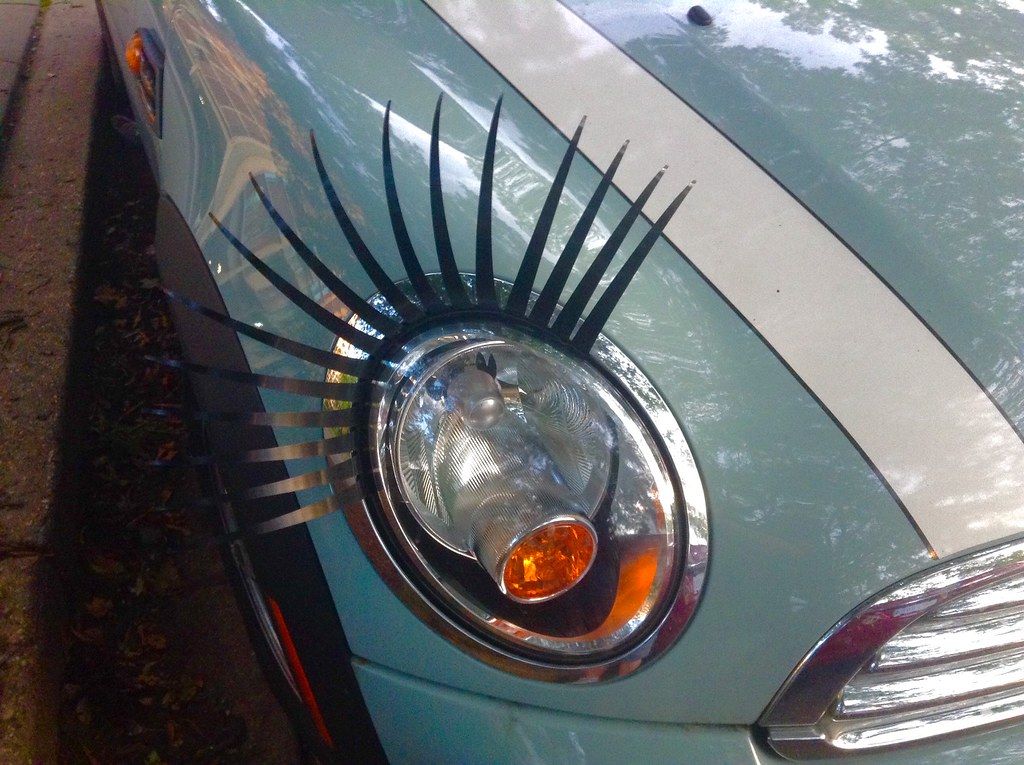
13. **Implement Regular Headlight Cleaning and Maintenance**Just as a clean windscreen is vital for preventing glare, the condition of your actual headlights is equally important for both your visibility and for preventing you from dazzling others. Over time, headlight lenses can become dirty, foggy, or oxidized, which severely compromises their performance. This degradation causes light to scatter unevenly, diminishing the effective beam on the road and creating a diffuse, glare-inducing halo for oncoming drivers.
Foggy or dirty headlights distribute light inefficiently, meaning a significant portion of your light output is wasted or misdirected. This not only reduces your ability to see hazards clearly but also makes your lights appear brighter and more irritating to others, even if they aren’t technically ‘too bright’ at their source. Maintaining clear, clean headlights ensures that the light produced is focused and directed where it’s supposed to be – on the road ahead.
Routine cleaning is simple and effective. You can use a dedicated headlight repair kit, or for a budget-friendly DIY solution, common household items like toothpaste or baking soda mixed into a paste can work wonders when applied with a microfiber cloth. For older vehicles, it’s also important to regularly check that your bulbs are functioning correctly, as failed bulbs can pose a safety risk without the driver immediately realizing it. Proper maintenance here means clearer vision for you and less glare for everyone else.
Read more about: Revive Your Dream Ride: 14 Indispensable Insights for First-Time Classic Car Restorers
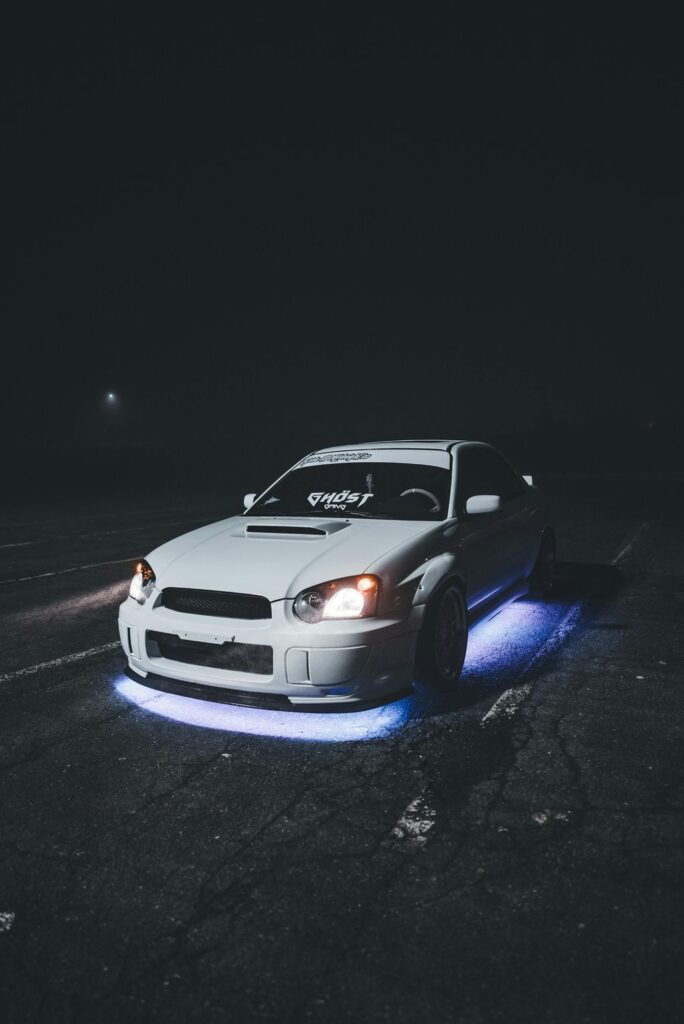
14. **Consider Advanced Lighting Technologies and Upgrades**Looking beyond immediate adjustments, investing in advanced lighting technologies can offer a substantial long-term solution to the challenges of night driving. Modern automotive lighting has evolved significantly, offering options that enhance visibility for you while simultaneously mitigating glare for other road users. This is where strategic upgrades can truly transform your nighttime driving experience.
One of the most promising advancements is adaptive driving beam (ADB) technology. These intelligent systems automatically adjust the strength and angle of your headlights in real-time, based on traffic conditions and road topography. They can selectively dim or even ‘shade’ parts of the beam to avoid dazzling oncoming drivers or those you’re following, all while maintaining maximum illumination elsewhere on the road. This sophisticated solution provides optimal brightness without the common drawback of excessive glare.
For those still using older halogen bulbs, upgrading to LED headlights is a highly recommended enhancement. LEDs offer superior brightness, a clearer light output, and significant energy efficiency, reducing strain on your vehicle’s electrical system. They also boast a much longer lifespan compared to traditional bulbs, minimizing the need for frequent replacements. While the initial cost might be higher, the long-term benefits in terms of safety, visibility, and vehicle aesthetics make them a worthwhile investment.
Furthermore, the aftermarket is rich with LED options, providing a range of solutions from simple bulb replacements to full headlight assemblies. These kits often allow for customization in light patterns and brightness levels, and many include enhanced features like better cooling systems or integrated turn signals. When exploring aftermarket LEDs, always ensure compatibility with your specific vehicle model, verify they comply with safety regulations, and choose reputable manufacturers to guarantee high performance and durability. Carifex, for instance, offers various non-flickering, Pro Fit, and compact LED headlight bulbs known for their consistent light output and long lifespan, showcasing the quality available in today’s market.
Read more about: 12 New Cars Named ‘Best Buys’ for 2025: An Expert Guide for Savvy Shoppers
Ultimately, navigating the modern road at night, with its ever-present bright headlights, requires a blend of immediate attentiveness and proactive vehicle management. By implementing these strategies, from ensuring your headlights are perfectly aimed to embracing cutting-edge lighting technologies, you not only protect yourself from glare but also contribute to a safer, more comfortable driving experience for every motorist sharing the journey. Drive smart, drive safe, and keep those bright lights in check!



